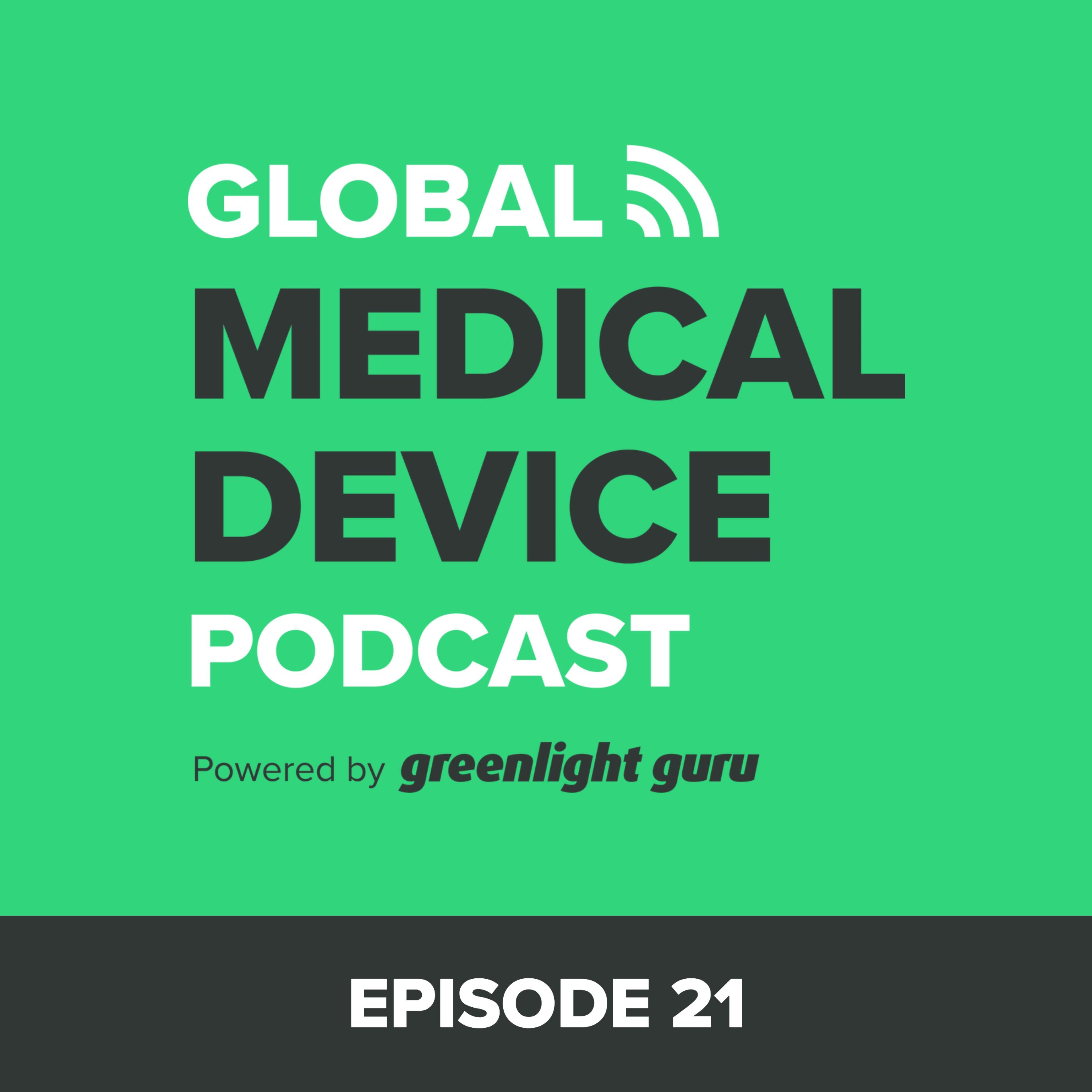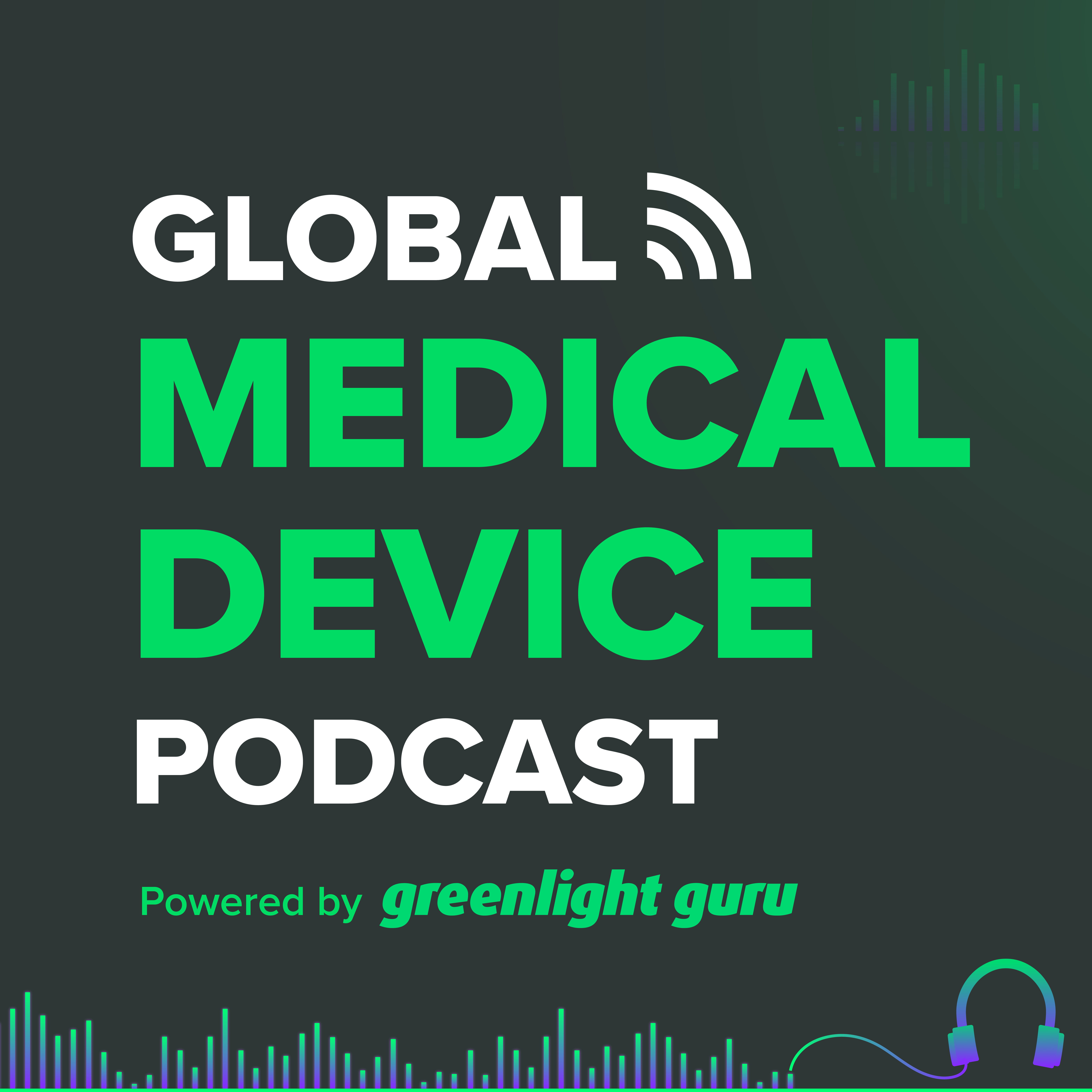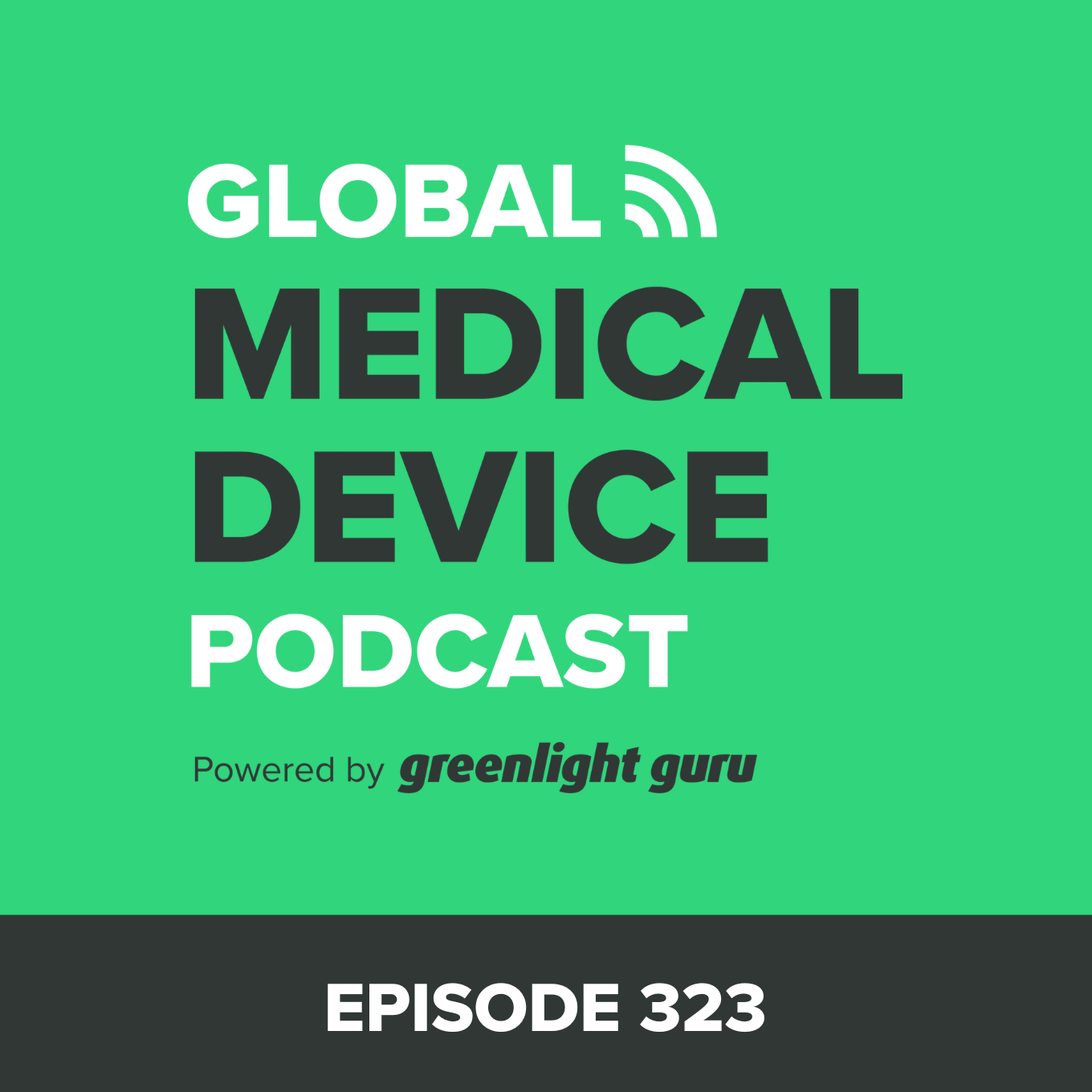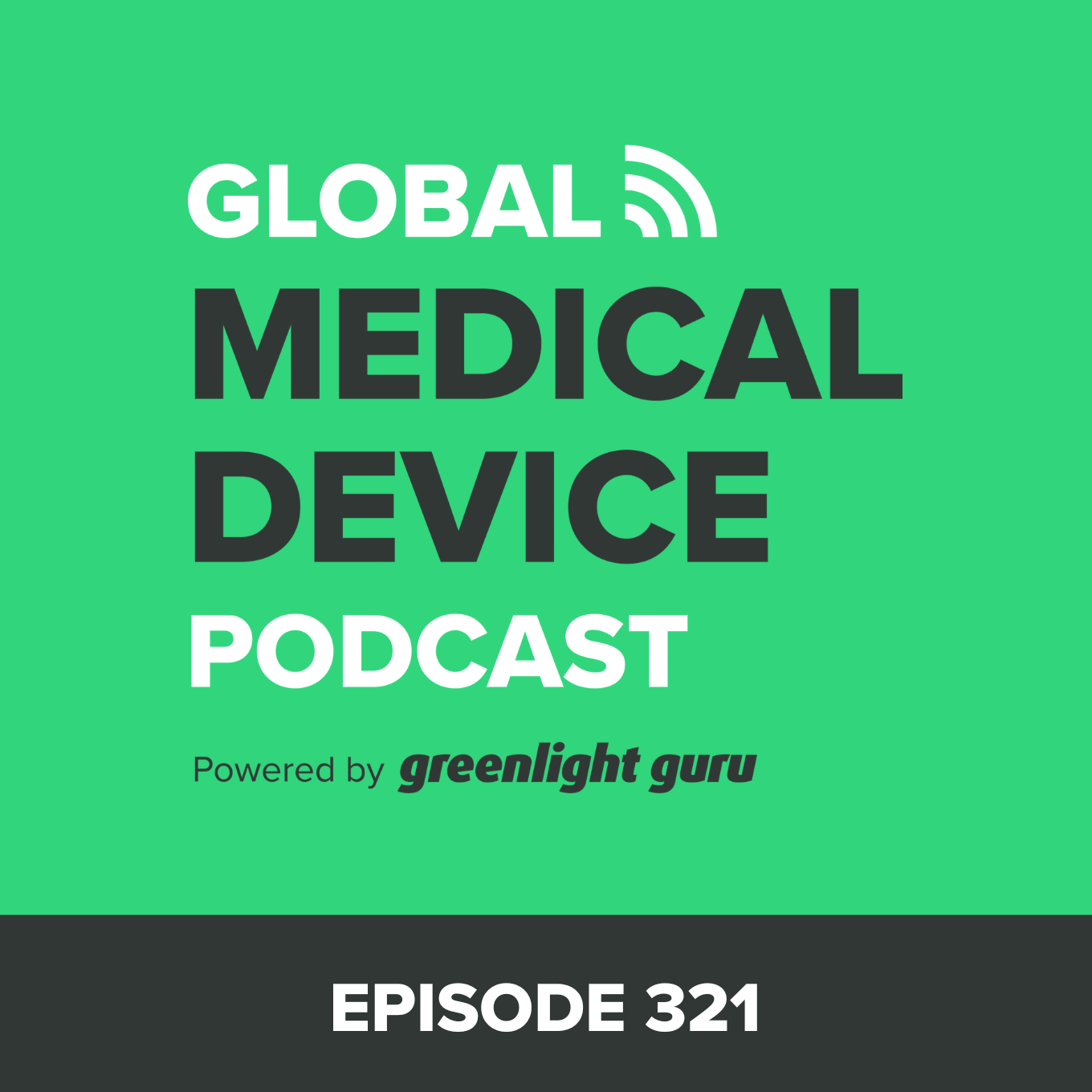Dirty Devices and Reprocessing: Are New Design Change Rules On the Horizon?
00:00
00:00
1x
- 0.5
- 1
- 1.25
- 1.5
- 1.75
- 2
This is a podcast episode titled, Dirty Devices and Reprocessing: Are New Design Change Rules On the Horizon?. The summary for this episode is: As medical device developers, it is our responsibilities to make sure that our products are safe and effective.
Unfortunately, the recent high profile cases of antibiotic-resistant superbugs spread by tainted endoscopes that have sicken many have called into questions whether there needs to be new regulations to prevent future infections.
“If you have a device that is designed to be cleaned or reused, should not some of the design inputs include reprocessability requirements?” - Mike Drues
Today we are speaking with a familiar guest Michael Drues, Ph.D. about the recently published guidance document released by FDA for reprocessable medical devices.
Mike was one of several people who was invited to present at the panel meeting at FDA on this topic last year.
“What good is the regulation if it’s not realistic?” - Mike Drues
Mike is the president of Vascular Science, as well as a consultant for the FDA, Canada Health and other worldwide regulatory organizations and medical device companies.
Due to his work with these organizations, Mike can see the issue from both sides: He understands the regulations and why they must exist, and he also knows that they need to be approached and implemented with real-world scenarios in mind.
On today’s podcast, some of the topics we discuss include:
- What happened in a landmark endoscope case from UCLA, and how it affects everyone in the medical device industry.
- Who must be considered and included as the end users of a product.
- The specifics of some of the new regulations, including new rules pertaining to UDI labels.
- Thoughts on who should be handling the reprocessing validation.
- Why over-complicated reprocessing manuals can do more harm than good.
- Best practices for device development companies to keep in mind when following the new regulations.






